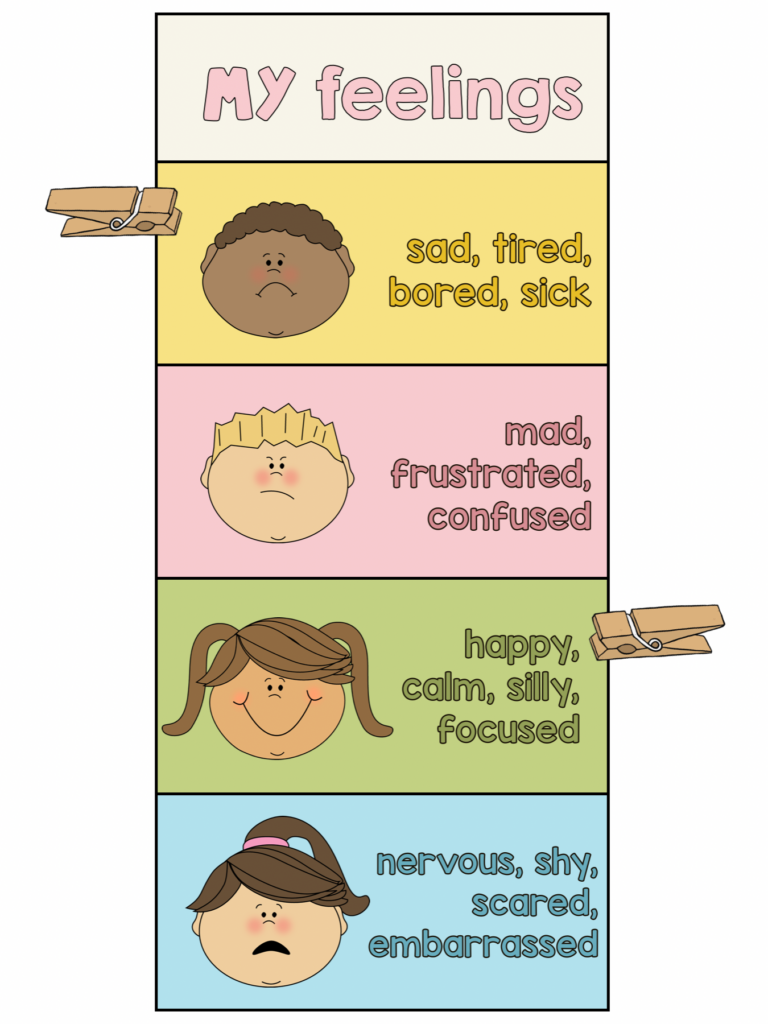Resources for teaching and learning can be found anywhere, from books to social media to specific teaching websites. Since the internet is an infinite platform of information, I like to use Pinterest to organize teaching and classroom resources, ideas, and websites that are effective for an elementary classroom. With this visually informational website, you can create private “boards” for each unit, organizing specific resources within each board into “sections”. It’s easy to find these resources, as I can use the search feature to look up exactly what I need.
Instagram is another useful platform for teaching resources. I usually have to do a bit more research, but when I find and follow a professional page that provides resources and teaching content that I enjoy, new ideas will pop up as they post new material—provoking inspiration for my own creations. Since Instagram is a somewhat personal platform, it motivates future teachers with exposure to “real-life” classroom environments, ideas, and (usually free) resources.
I love doing graphic design, so finding resources for inspiration rather than a direct download works best for me. I have created classroom designs throughout the last couple of years, including a number line, organizational labels, and various colourful posters. However, this takes time, which I had a lot more of before starting university. I am sure when I have a classroom of children to teach every day I will have print-ready resources at my disposal.

When looking into downloadable resources, from worksheets to posters, I find I like them to be editable. This is easier than creating a graphic or assignment sheet from scratch, while still providing room for creativity and individuality in my classroom. Creating interactive posters and objects (like reading buddies) encourages a safe, community-oriented space. Oftentimes students are not comfortable speaking up, so this environment can allow them to have their own voices without feeling vulnerable in front of their peers. An example of this is a feelings chart.
This was not my idea, although I knew I had to create my own when I saw it here. Having a lesson on emotions and personalizing this feelings chart is ideal, so I also created a format where students could draw their own emotions. I would supply this in a designated area of the classroom where students can sit quietly, read, play with stress-relieving toys, and reflect on behaviours in a calm and meaningful way. This chart allows individual students to self-evaluate their emotional state without a public penalty for acting out. I also love the interactivity of this chart, it can be used at home or in the classroom to express feelings with the teacher if they don’t want to talk about it. This is a wonderful alternative to escalating an issue that could result in a meltdown.

this cute turtle from jellycat is what I am picturing for the idea below!
Another idea that would be great for younger elementary grades is the Tattle Turtle. This may reduce the amount of unnecessary tattling. He also doubles as a very easy class pet! I love this concept, but to be honest, I know lower grades will use this as a place to write ANYTHING. This is still encouraged, as it allows for a safe setting for students to submit questions, ideas, and even their “feelings chart” sheet from above! I am sure you could get creative and use any animal and create an alliteration, like a Tattle Teddy—I just love the idea of a message box as a form of communication throughout the school year. I would of course have a lesson before introducing them to the Tattle Turtle, explaining what IS and IS NOT tattling, and what should be told to me directly for student safety and socialization.
I’m excited to continue looking for more effective, engaging, and easy-to-use resources for future classrooms!
